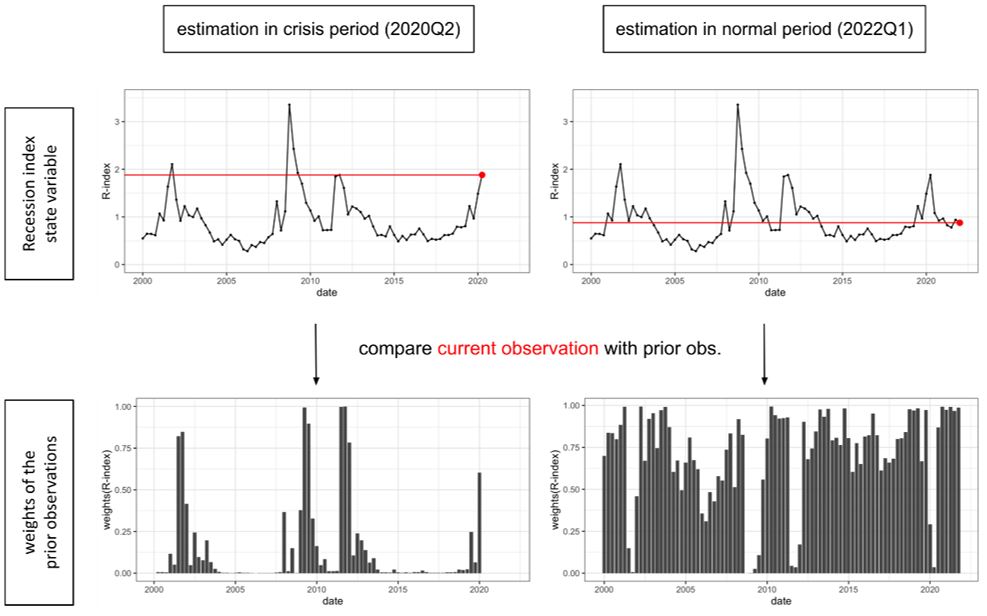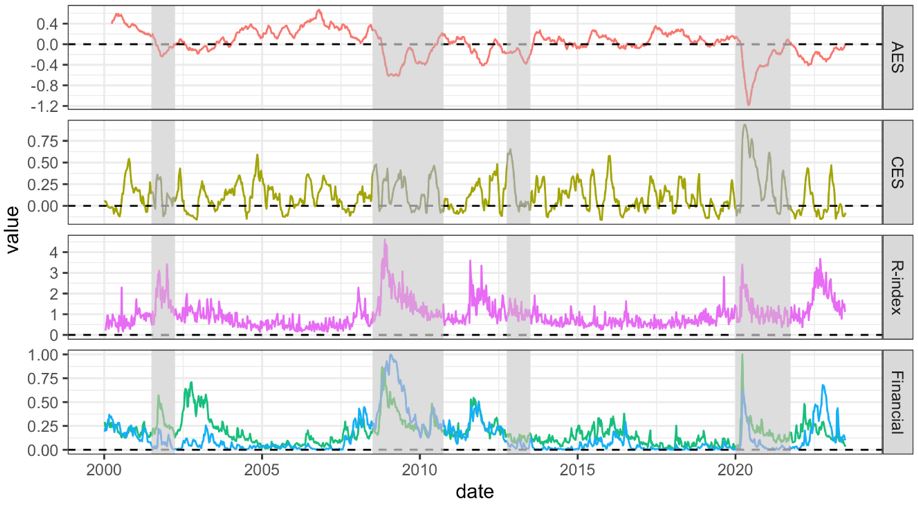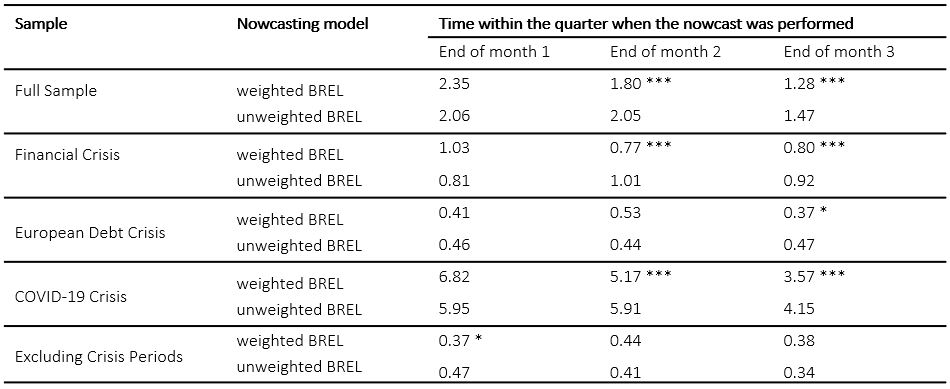References
Algaba, A., Borms, S., Boudt, K., Verbeken, B., 2023. Daily news sentiment and monthly surveys: A mixed-frequency dynamic factor model for nowcasting consumer confidence. International Journal of Forecasting 39, 266–278.
Ardia, D., Bluteau, K., Boudt, K., 2019. Questioning the news about economic growth: Sparse forecasting using thousands of news-based sentiment values. International Journal of Forecasting 35, 1370–1386.
Gambetti, L., Maffei-Faccioli, N., Zoi, S., 2023. Bad news, good news: coverage and response asymmetries. Finance and Economics Discussion Series 2023-001. Washington: Board of Governors of the Federal Reserve System.
Greetham, T., Hartnett, H., 2004. The investment clock special report# 1: Making money from macro. Merrill Lynch.
Hollanders, D., Vliegenthart, R., 2011. The influence of negative newspaper coverage on consumer confidence: The Dutch case. Journal of Economic Psychology 32, 367–373.
Meucci, A., 2010. Historical scenarios with fully flexible probabilities. GARP Risk Professional, 47–51.
Larsen, V.H., Thorsrud, L.A., Zhulanova, J., 2021. News-driven inflation expectations and information rigidities. Journal of Monetary Economics 117, 507–520.
Piette, C., 2016. Predicting Belgium’s GDP using targeted bridge models. Working Paper 290. National Bank of Belgium.
The Economist, 2001. The R-word URL: https://www.economist.com/finance-and-economics/2001/04/05/the-r-word.









